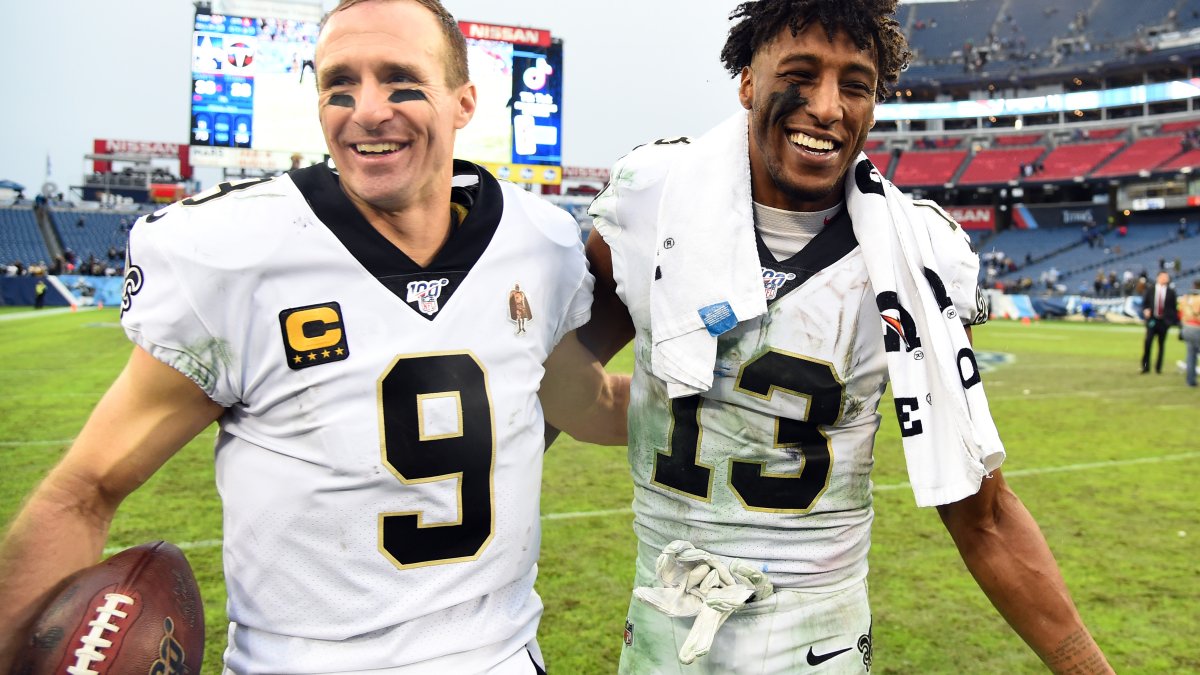It is clear to anyone who has ever dipped their toes into the DFS waters that “stacking” is the path that is most likely to lead to success.
Even with this initial understanding, an astounding 17.4% of DraftKings Milly Maker lineups had no teammate paired with its quarterback. It takes perfection to win a large guaranteed prize pool (GPP) contest, which makes stacking all the more worthwhile based on how correlated fantasy performance is among teammates and opponents. And this makes the quarterback position invaluable in DFS, as it often guides almost half of your lineup inputs.
Let's dive into the details to explain not only why you should stack, but also how — and to what extent — you should stack, in order to get set on the path to success in DFS tournaments.
Subscribe to
Basic Stack
Game theory is always present in a setting that involves multiple participants who all have the same goal — winning the contest. And game theory has been cited to justify many actions that DFS players take that could loosely be defined as “unorthodox.”
The amount of people stacking in a lineup has only grown, but even if this reaches close to 100% in DFS contests, it is still justifiable to utilize the most basic of stacking approaches. The reasons are simple: If the quarterback on your roster has a monster game, there is little doubt that one or some of the role players around him will also exceed expectations.
Most are familiar with the correlation matrix that highlights just how intertwined fantasy performance is between teammates. In its most simple view, we see that quarterback performance is positively correlated with every other offensive skill position player. If you want a solid finish in a DFS contest, you have to hit on the quarterback position. If you do, it's safe to assume that other skill players on the same team will also experience outsized fantasy performances.
Exclusive content for premium subscribers

WANT TO KEEP READING?
Dominate Fantasy Football & Betting with AI-Powered Data & Tools Trusted By All 32 Teams
Already have a subscription? Log in



 © 2025 PFF - all rights reserved.
© 2025 PFF - all rights reserved.